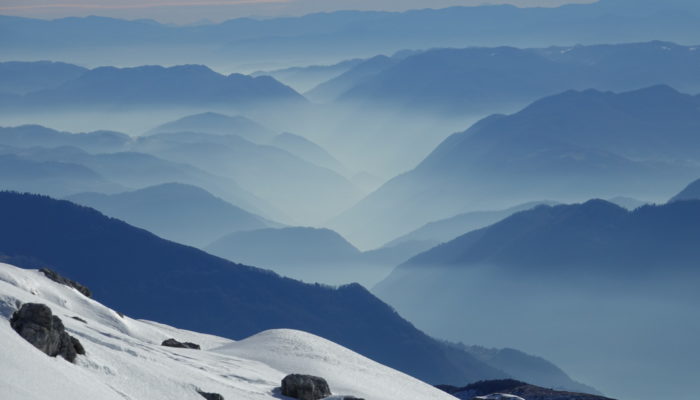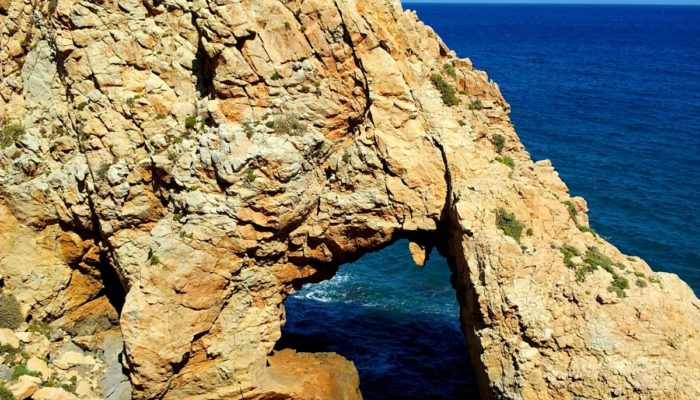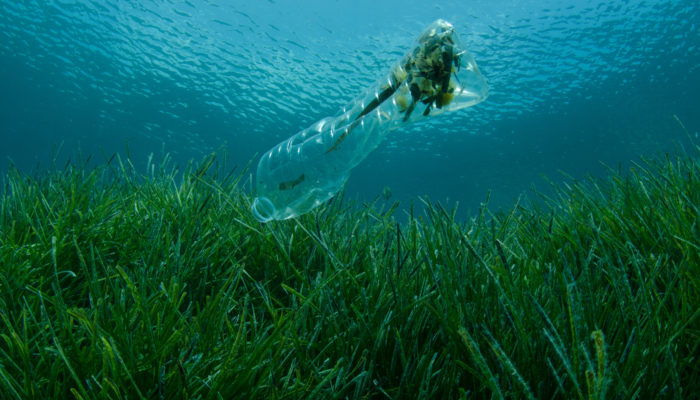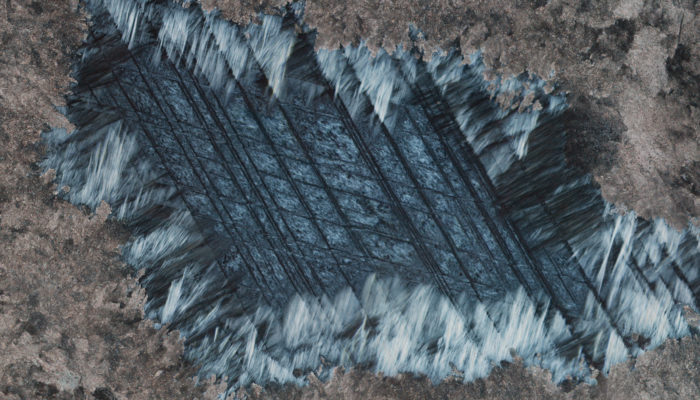The Idrija fault is a an active fault crossing Slovenia for more than 100 km in a NW-SE direction and is responsible for several important geological features in the country. Among them, we can mention the former-active mercury mine of Idrija which has registered as a Unesco World Heritage site since 2012. Another example that demonstrates the impact of this fault is it’s effect on th ...[Read More]
Imaggeo On Mondays: The valley along the fault




